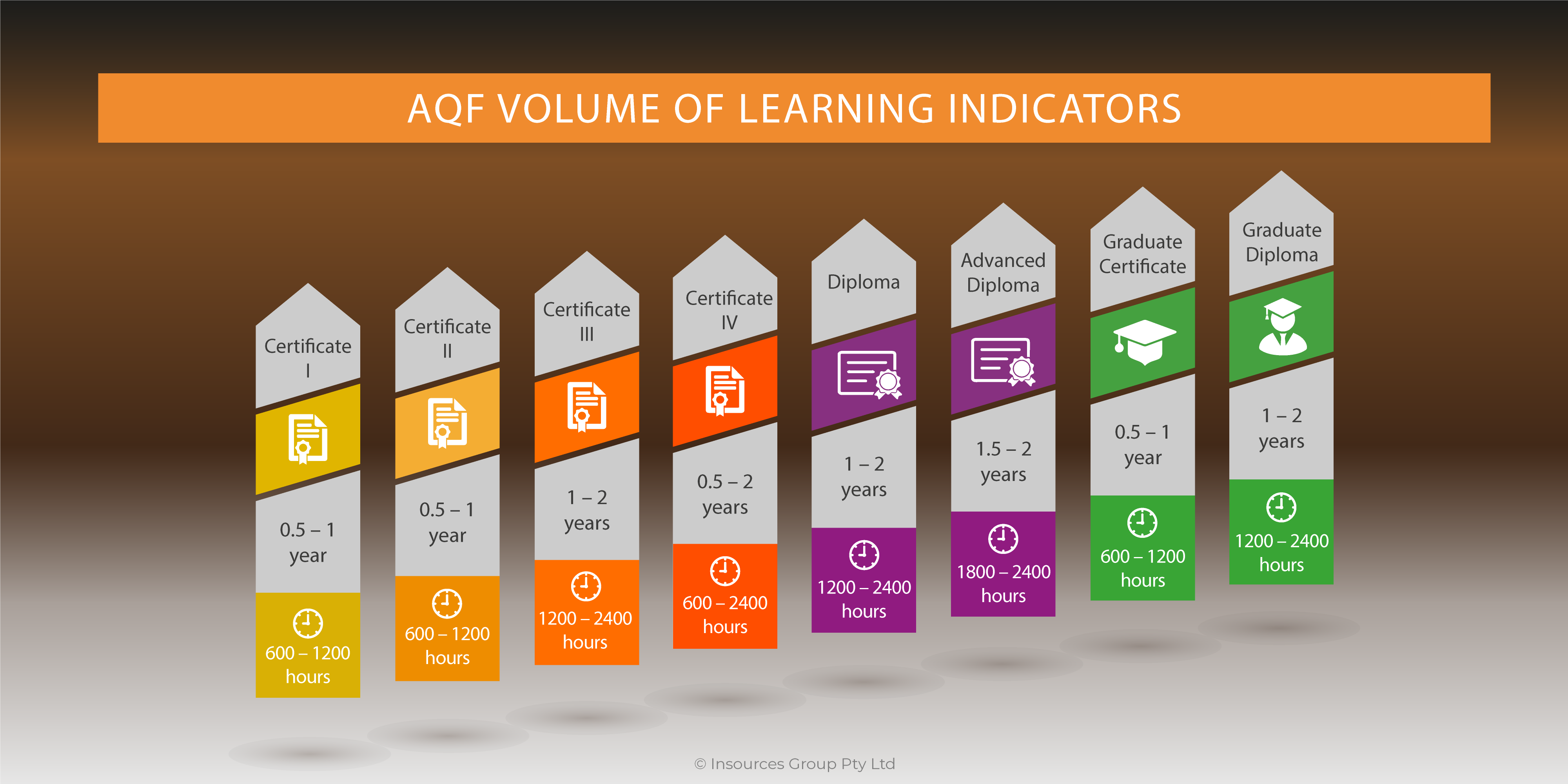Case studies are an instructional method that students tend to find interesting and engaging yet require a bit of work on the part of the designer.
Real world problems and stories introduced through case studies can motivate your participants in phenomenal ways. They help participants connect with and see the relevance of the training to their own work environments. Effective case studies promote understanding of how to carry out tasks in real situations. They convey “triggers” that tell participants when its time to carry out certain tasks.
A case is a realistic scenario often based on actual events that is incorporated into coursework as pre-work, worked examples (demonstrations) practice, etc and designed to support your learning objectives.
Case based reasoning, developed by Roger Shank, asserts that our minds are filled with thousands of cases – derived from real world experience. When practitioners face a new problem, they draw upon their mental databases of situations that have characteristics similar to the situation at hand. Studies of expert performance also point to the power of patterns of experience behind the decisions of chess players, medical professionals, and automotive mechanics, to name a few types of experts. To build a mental repertoire of cases requires years of experience. Training can accelerate expertise by incorporating cases into learning environments.
To be effective, cases must provide sufficient information concerning a situation and the environment surrounding it to allow your participants to exercise the skills taught in the lesson.
Case studies, like any instructional technique, should be weighed against their pluses and minuses before selected for inclusion in a course.
Benefits | Drawbacks |
|
|
Case studies can be used to help teach various types of tasks. The type of case studies you select from the list below should roughly correlate with the learning objective of your training.
Type | Description | Example |
Design | Case involves construction of a product that meets defined criteria; typically involves application of guidelines and creative inspiration. |
|
Problem solving | Case involves diagnosis of a problem-state and resolution of the problem |
|
Analysis | Case involves identifying relevant factors, seeing relationships among those factors, matching components to situations variables |
|
Policy applications | Case is designed to promote discussion around how corporate or professional policies apply to the work setting; often based on incident reports. |
|
System optimization | Case incorporates multiple factors and constraints to reach a solution that best balances tradeoffs among competing elements |
|
Bringing Cases to Life with Media
Traditionally, cases have been presented via text documents such as description of the case as well as real-world supporting artifacts including emails, memos, diagrams, interviews etc. However, in some situations, media, such as video is recommended to deliver some elements of the case. For example, when audio and visuals are an important source of case data as in a medical case, these are best presented via video. Or, teacher-training cases have also been videotaped and placed in libraries for facilitators to use for various purposes.
There is some evidence that motivation is higher and learning is better from video-delivered cases. However, your decision of the media to use will depend on the needed case data and your budget and production constraints.
Designing Cases
Designing effective cases requires a combination of data gathering, planning, and creativity. An effective case study requires:
- case-specific information such as the case data, and
- generic information about the tasks you want your participants to accomplish.
The diagram below is meant to represent the case study elements and how they play out as a participant works through a case. The top left box is strictly case related information. Below that is more generic content and instructional methods. Given these items, the participant should reach the desired learning outcome or objective. In other words, they can carry out the task that is the heart of the case study. The last two elements occur in reaction to the outcome.

Learning Outcomes. Base the case outcomes on the learning objectives defined in your course design. The case should require participants to respond to carry out the learning objective in the context of realistic job situations.
Case Directions. Provide learners with clear written and verbal instructions regarding the case to include: desired outcomes, how case results will be reported (in writing or verbally), available resources, time limits, etc.
Case Hook/Trigger. Some cases may start with a short dilemma scenario in which principals in the case are facing some problem, become aware of some constraints etc. Hooks can be presented in text or video.
Case Data. What data will be needed to reach the learning outcomes? This should match normal job input formats such as emails, video interviews, network diagrams, customer requirements, etc. This can be presented all at once or in stages and can include red herrings or omit needed data.
Instruction/support. The learning environment should include sufficient learning resources to ensure case success. Some examples include standard tutorials, case examples, working aids, process templates, coaching resources etc.
Collaboration. Many cases have multiple perspectives, no one right answer and therefore benefit from discussions and work with a partner or small team.
Feedback. Feedback can be instructional and/or intrinsic or inherent to the job task. Instructional feedback is derived from the training environment such as from solution sheets, facilitator and peer comments. In some situations, add a scoring guide (rubric) as a feedback guide. Intrinsic feedback is derived from outcomes of the case in a simulation situation.
Case Debrief. Learners should be prompted to reflect on lessons learned from the case. This can be formally documented or discussed in the group. Provide debrief ideas in the Facilitator Guide.



